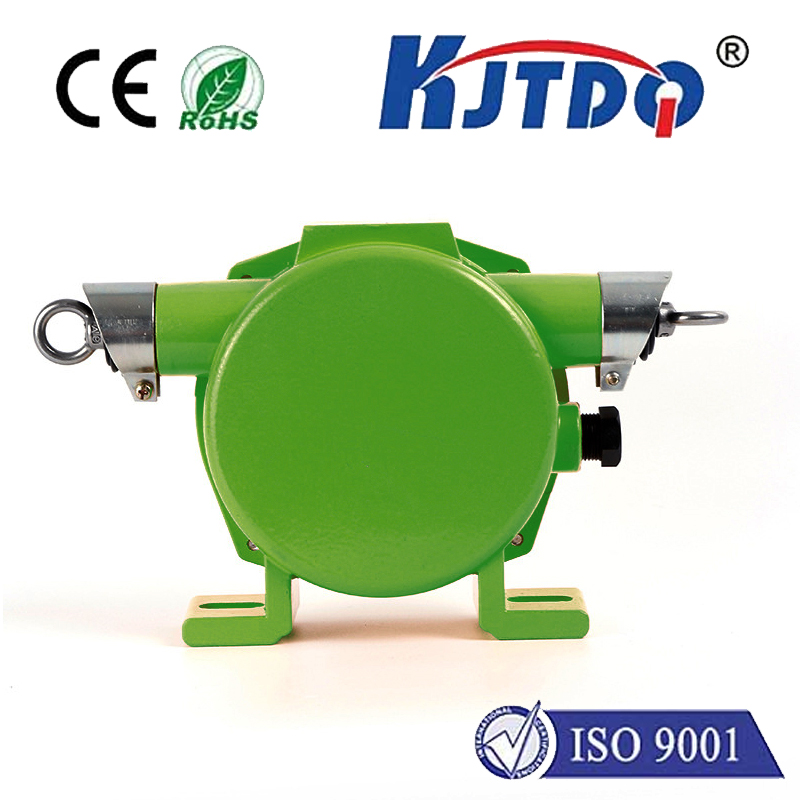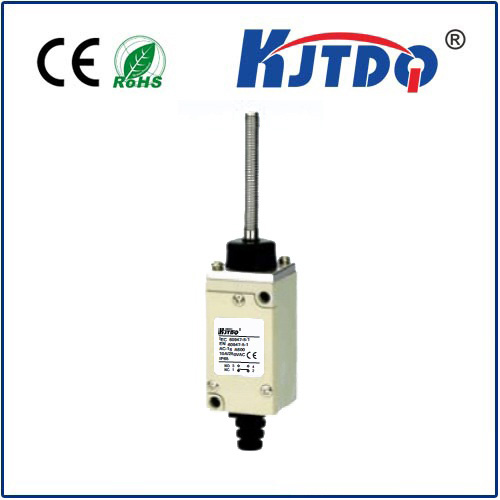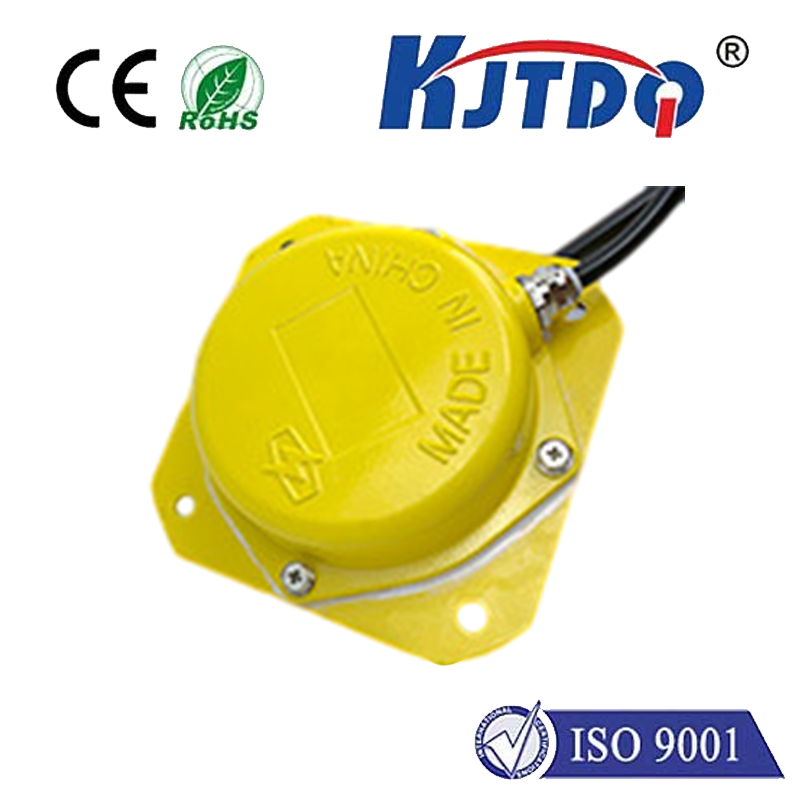

check

check

check

check

check

check

check

check

check

check
Title: Revolutionizing Industries with Wireless Sensors
Introduction to Wireless Sensor Networks (WSN) and their Role in Modern Technologies
The world is witnessing a technological breakthrough in the form of wireless sensor networks (WSN). These networks comprise various sensors that communicate wirelessly without any physical connection. The applications of WSNs are vast and have the potential to revolutionize industries such as agriculture, healthcare, transportation, and manufacturing. This article will explore how WSNs work, their benefits, and the different types of sensors used in them.
Section 1: Understanding Wireless Sensor Networks
Definition of Wireless Sensor Networks
How do WSNs work?
Types of Sensors Used in WSNs
Section 2: Advantages of Wireless Sensor Networks over Traditional Networking Methods
Enhanced Data Collection Efficiency
Flexibility and Scalability
Cost-Effectiveness
Real-Time Data Analysis
Section 3: Applications of Wireless Sensor Networks in Various Industries
Agriculture: Crop Monitoring and Management, Soil Quality Analysis, and Pest Control
Healthcare: Patient Monitoring, Disease Detection and Prevention, and Remote patient monitoring
Transportation: Traffic Management, Navigation System, and Vehicle Maintenance Monitoring
Manufacturing: Process Control, Quality Inspection, and Asset Management
Section 4: Challenges faced in the Development and Implementation of Wireless Sensor Networks
Range Limitation
Power Consumption
Security and Privacy Issues
Interference from Other Electronic Devices
Conclusion: Future Prospects and Advancements in Wireless Sensor Networks
The growing demand for IoT devices and the increasing adoption of wireless technology have led to the development of sophisticated WSNs. As research in this field continues, we can expect significant improvements in the performance, reliability, and range of these networks. Moreover, the integration of artificial intelligence (AI) and machine learning algorithms promises to enhance the capabilities of WSNs even further. With the potential to transform numerous industries and improve our quality of life, wireless sensor networks are undoubtedly one of the most exciting technological advancements of our time.









